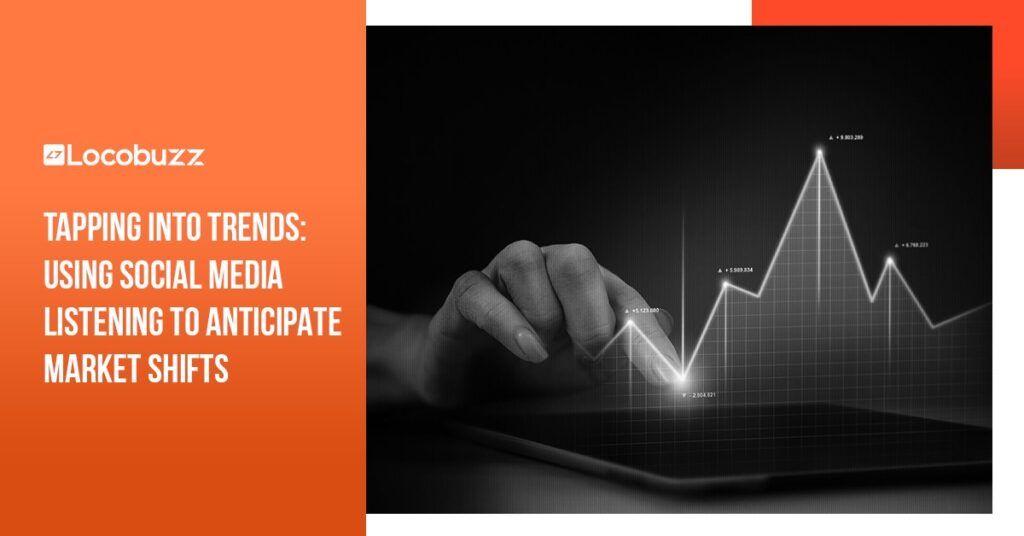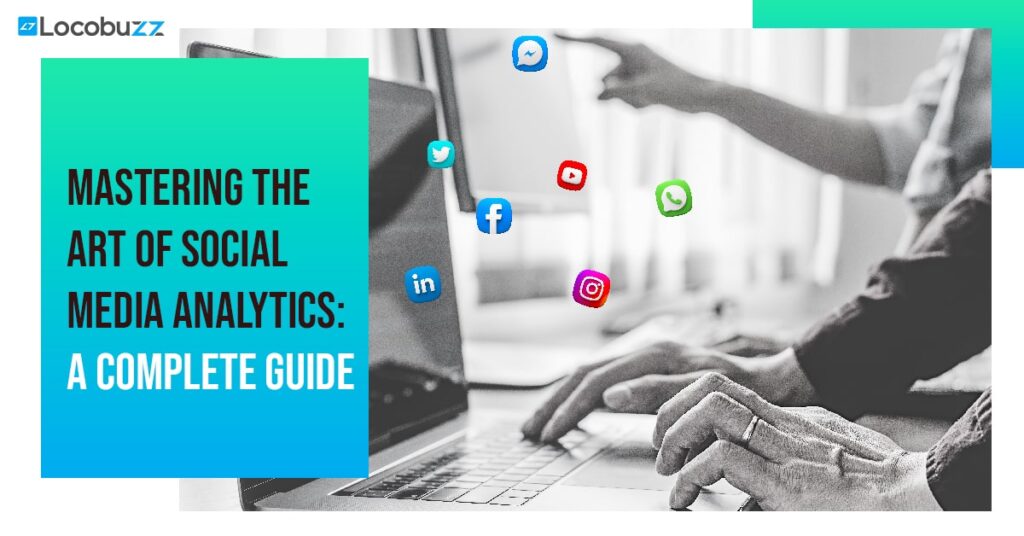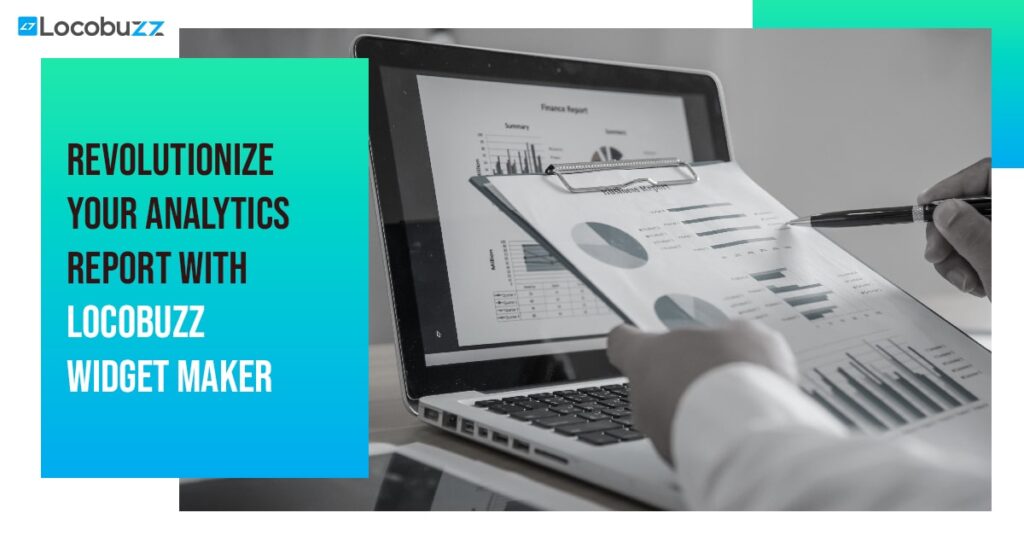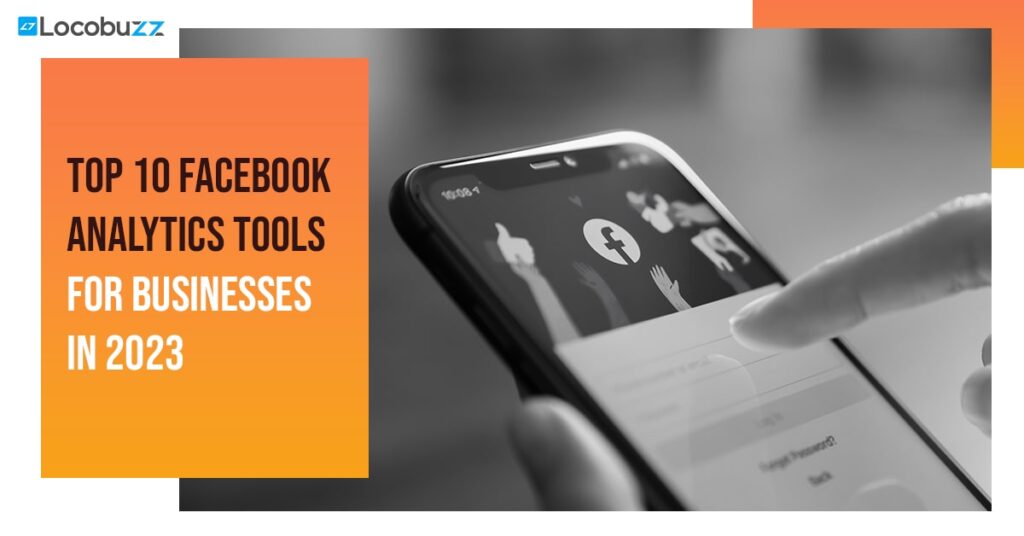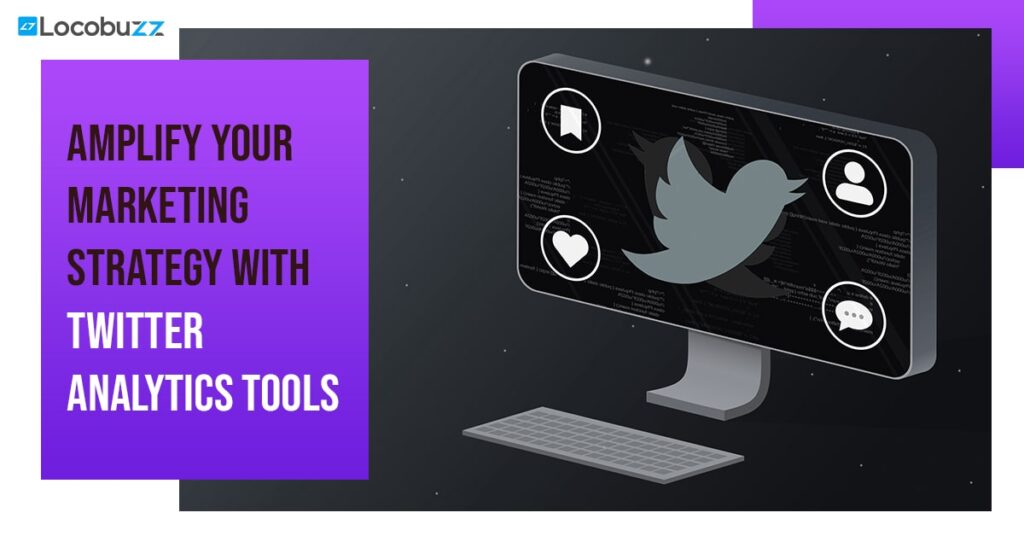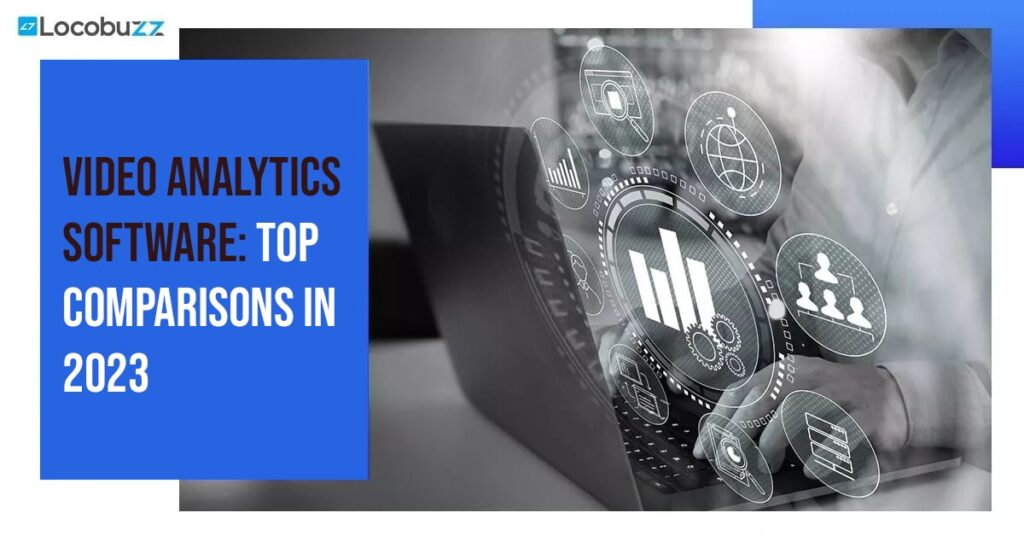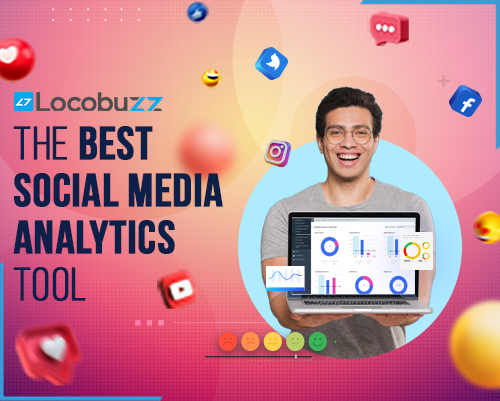Tapping into Trends: Using Social Media Listening to Anticipate Market Shifts
Tapping into Trends: Using Social Media Listening to Anticipate Market Shifts Whether it’s the world of fashion, automobiles, technology, or the intricate world of finance, the key to survival lies in understanding and adapting to the changing demands of customers. In this fast-paced era, where trends can shift in the blink of an eye, businesses need a reliable compass to navigate the turbulent waters of the market. Table of Contents Why It’s Important to Keep Up with Trends in Your Industry? Predicting What’s to Come Anticipating future market trends is like having a crystal ball for your business. Comprehensive trend analysis allows you to foresee changes in consumer preferences, technological advancements, and market dynamics. Armed with this foresight, you can strategically position your brand to meet evolving demands and navigate the shifting landscape effectively. Leading the Way, Not Following True industry leaders don’t follow trends; they set them. Being attuned to emerging trends empowers your brand to take the initiative. By proactively aligning your strategies with nascent themes and consumer preferences, you can establish yourself as a thought leader. This not only elevates your brand’s status but also positions it as an innovator rather than a follower. Opening Doors to New Opportunities Industry trends often conceal untapped opportunities. In-depth trend analysis unveils these hidden gems by deciphering market shifts and consumer sentiment. These insights enable you to diversify your offerings, explore new markets, and cultivate strategic partnerships that might have otherwise remained undiscovered. Keeping up with the audience Maintaining a consistent brand presence is paramount. Staying updated with industry trends ensures that your brand remains relevant in your audience’s daily discourse. When your brand is consistently on their radar, you become their first choice when they need products or services related to your industry. Being in the Spotlight Brands that actively engage with industry trends naturally attract attention. Vigilant trend tracking helps you identify trending topics and conversations where your brand can make a meaningful impact. This heightened visibility often translates into media coverage, social media buzz, and increased brand awareness. Staying Competitive In a fiercely competitive business landscape, adaptability is key to survival. A comprehensive understanding of industry trends provides you with a competitive edge. Armed with real-time insights into your industry, you can fine-tune your strategies, enhance your product offerings, and outperform your rivals. Let’s delve into how consumer insights reports can anticipate trends for brands to maintain a position of prominence. What are the benefits of consumer insights reports for brands? Strategic Branding Keeping a finger on the pulse of social media conversations is akin to having insider knowledge of what’s hot and what’s not in real-time. By identifying emerging trends and popular topics, leading brands can strategically position themselves to resonate with their target audience. By understanding what’s resonating with consumers at any given moment, brands can adjust their strategies, products, and messaging to remain in sync with the evolving market. This alignment fosters a stronger connection with customers who feel that the brand understands and meets their needs. Strategic Positioning In a rapidly changing market, adaptability is key. Leading brands understand that they must position themselves in a way that reflects the evolving needs and desires of their customers. Social media listening enables them to gather insights into consumer sentiments, pain points, and emerging preferences. Armed with this information, brands can make informed decisions about product development, marketing strategies, and even company culture adjustments. By staying agile and responsive to these insights, they can remain in sync with their audience and make necessary changes to maintain their competitive edge. Competitive Advantage In a competitive marketplace, staying ahead of the curve is a significant advantage. Brands that proactively listen to market changes can identify opportunities before competitors do. This early-mover advantage allows them to innovate, launch new products, or tweak their strategies strategically, putting them in a favourable position to capture market share. Building Presence and Awareness Being present and active in the conversations that matter to your target audience is a powerful way to build brand presence and awareness. When people see a brand consistently engaging with trending topics or addressing current issues, it creates a sense of relevance and reliability. This presence not only keeps the brand top-of-mind but also positions it as a trustworthy authority in its industry. Consumer Preference and Loyalty Brands that actively listen to changes in consumer preferences can adapt and tailor their offerings accordingly. This not only attracts new customers but also retains existing ones. When people feel that a brand is responsive to their evolving needs, they are more likely to choose that brand over others. Loyalty is built on the foundation of understanding and meeting customer expectations. Consumer Insights Reports with Locobuzz How its Done In our workflow, Clients provide the initial direction by furnishing a brief, where we outline our scope and determine the content format. We consider the project’s background and objectives, along with the platforms and analysis time range. Geographic factors and sample keywords are also crucial. We delve into keyword analysis and secondary research, identifying additional keywords and categories like campaign analysis or product issues. These keywords are then injected into our tool using Boolean logic, fetching relevant data. Following that, we assure data integrity and prepare it for analysis by developing templates that are in line with our goals. We then extract insights, and craft observations for a comprehensive report. Let’s move further with some of the key metrics that we cover in the tool. Sentiment Analysis Locobuzz sentiment analysis algorithms are trained to detect and classify sentiment across multiple languages and dialects, including slang, idioms, and colloquialisms. This ensures that businesses get a complete and accurate picture of customer sentiment across all channels and touchpoints. Locobuzz sentiment analysis goes beyond simple positive, negative, and neutral classification. It takes into account the intensity and context of customer sentiment, providing businesses with a more nuanced understanding of customer feedback. This enables businesses to make data-driven decisions that improve customer satisfaction and loyalty,
Tapping into Trends: Using Social Media Listening to Anticipate Market Shifts Read More »

